The new electric high-speed train project could travel 386 km in less than 90 minutes and carry more than 6 million passengers a year.
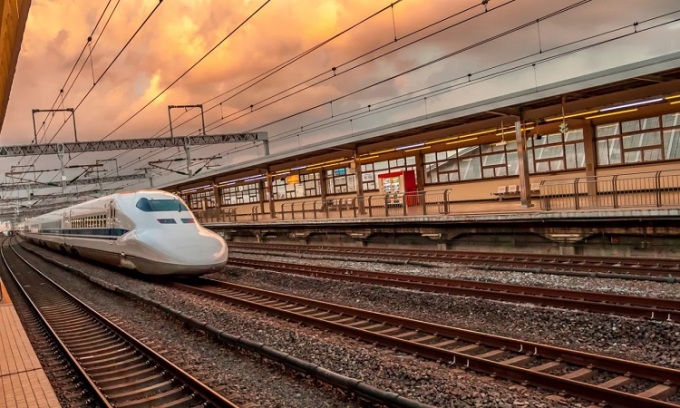
Japan's high-speed bullet train technology is about to be applied in the US. Photo: Deposit Photo
A high-speed rail system inspired by Japan’s bullet train could ferry passengers between Houston and Dallas in less than 90 minutes. Amtrak and Texas Central aim to connect the two cities, 240 miles apart, with a 200-mph bullet train, they announced on Aug. 9.
According to Quartz, the project has been submitted to several federal grant programs to help finance and cover design costs. Amtrak representatives estimate that the project could reduce greenhouse gas emissions by more than 100,000 tons annually and take an estimated 12,500 cars off the I-45 corridor each day. Reducing the number of private vehicles on the road could save up to 60 million gallons of fuel per year.
Trains running on Amtrak's Dallas-Houston route will be based on Japan's upgraded Shinkansen N700S Series bullet trains, a design first introduced in 2020. Bullet trains have been operating in Japan for more than 50 years and are now fully electrified, lighter and quieter than rail cars. They also have a carbon footprint per passenger of one-sixth that of a standard commercial jet. "High-speed trains using the advanced technology of the Shinkansen have the potential to revolutionize rail travel in the southern United States," said Michael Bui, Texas' chief operating officer.
Urban planners in the United States have long been drawn to the idea of high-speed rail, but have repeatedly been unable to develop it due to a variety of issues, including budgets, politics, and cultural barriers. Eighty-five percent of commuters who recently surveyed traveling between Dallas and North Texas said they would take high-speed rail under the right circumstances.
If that's true, about 6 million people could be riding high-speed rail by the end of the decade, rising to 13 million by 2050. Similar high-speed rail projects are under development to connect San Francisco to Los Angeles and Los Angeles to Las Vegas.
An Khang (According to Popsci )
Source link


![[Photo] Prime Minister Pham Minh Chinh receives delegation from the US-China Economic and Security Review Commission of the US Congress](https://vphoto.vietnam.vn/thumb/1200x675/vietnam/resource/IMAGE/2025/5/7/ff6eff0ccbbd4b1796724cb05110feb0)



![[Photo] General Secretary attends the parade to celebrate the 80th anniversary of the victory over fascism in Kazakhstan](https://vphoto.vietnam.vn/thumb/1200x675/vietnam/resource/IMAGE/2025/5/7/dff91c3c47f74a2da459e316831988ad)













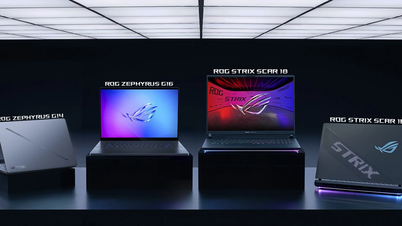

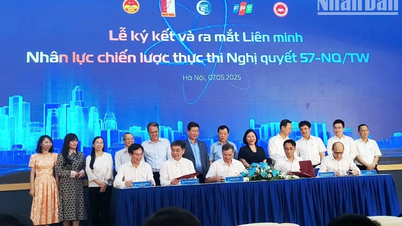












![[Photo] Sparkling lanterns to celebrate Vesak 2025](https://vphoto.vietnam.vn/thumb/1200x675/vietnam/resource/IMAGE/2025/5/7/a6c8ff3bef964a2f90c6fab80ae197c3)
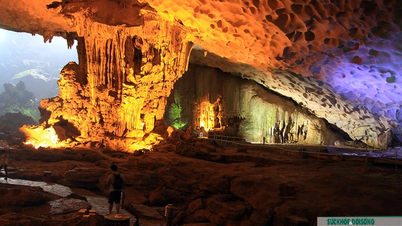














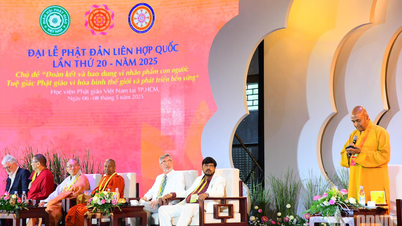



















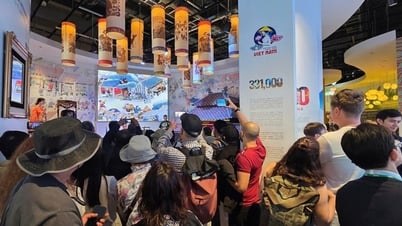


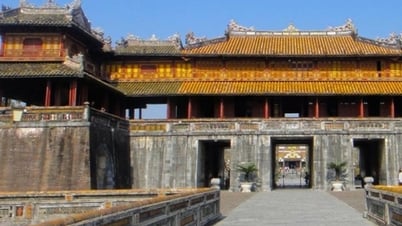























Comment (0)